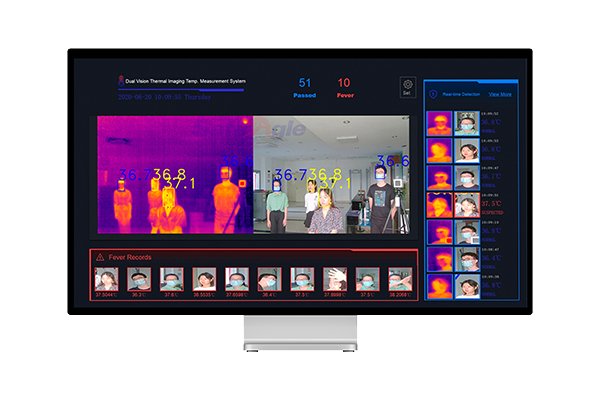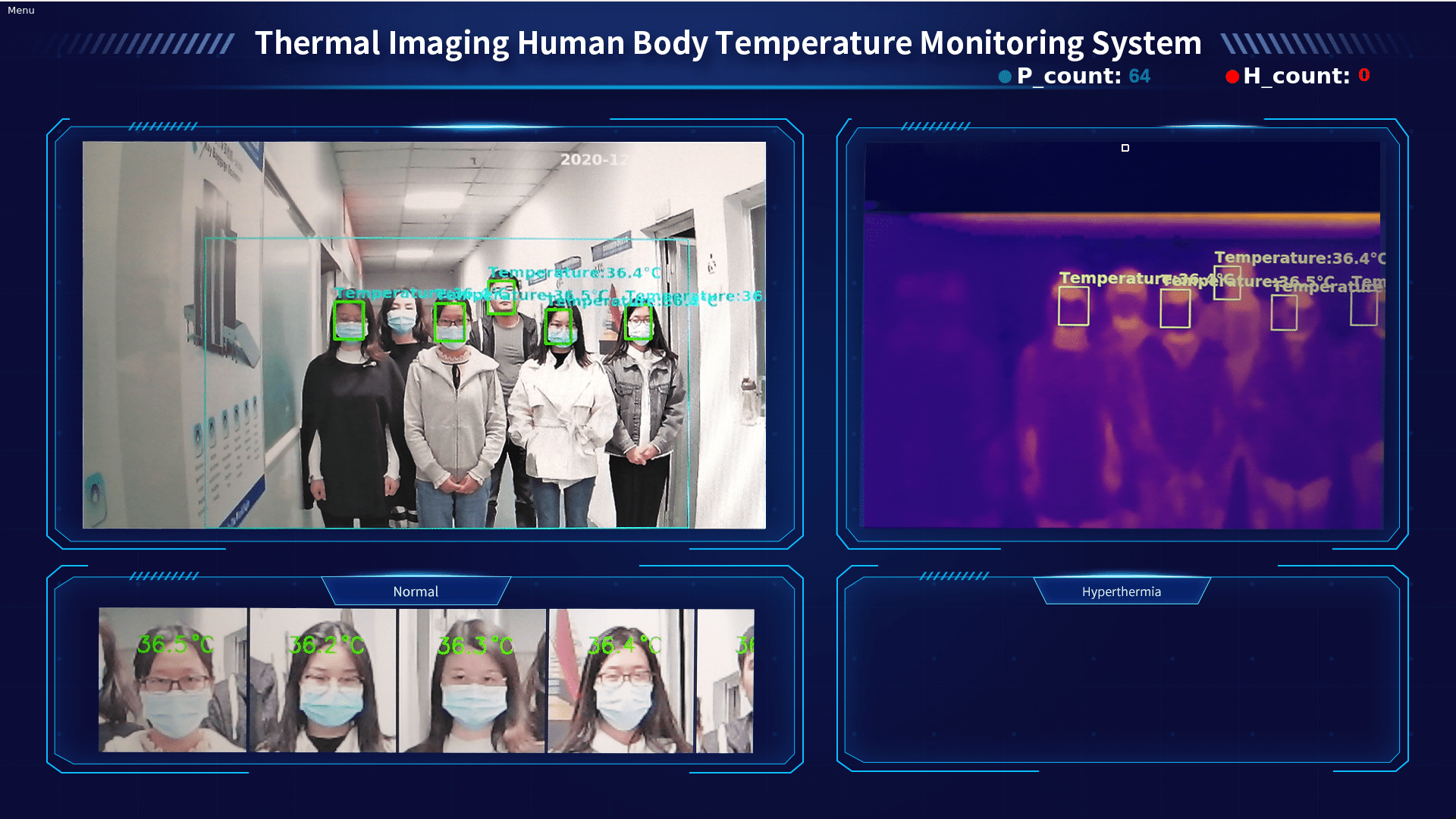Infrared thermal imaging is the ability to convert thermal radiation images into visible light images, which allows people to see things that they couldn't see in the past. The equipment that achieves this conversion is called a thermal imager.

1. The scientific principle of thermal imaging All objects that are not at absolute zero will emit electromagnetic radiation of different wavelengths. The higher the temperature of the object, the more intense the thermal motion of molecules or atoms, and the stronger the infrared radiation. The spectral distribution or wavelength of radiation is related to the nature and temperature of the object. The quantity that measures the radiation capacity of an object is called emissivity. Objects with black color or darker surface color have high emissivity and strong radiation; bright colors or objects with lighter surface color have low emissivity and weaker radiation. The human eye can only see electromagnetic radiation of a very narrow wavelength, called the visible spectrum. For radiation with a wavelength below 0.4um or above 0.7um, the human eye is powerless. The wavelength of the infrared region in the electromagnetic spectrum is between 0.7um and 1mm, and the human eye cannot see infrared radiation. Modern thermal imaging devices work in the mid-infrared region (wavelength 3~5um) or far-infrared region (wavelength 8~12um). By detecting the infrared radiation emitted by the object, the thermal imager produces a real-time image, thereby providing a thermal image of the scene. And transform the invisible radiation image into a clear image visible to the human eye. The thermal imager is very sensitive and can detect temperature differences of less than 0.1°C. When working, the thermal imager uses optics to focus the infrared energy emitted by the objects in the scene on the infrared detector, and then the infrared data from each detector element is converted into a standard video format, which can be displayed on a standard video monitor Displayed on the screen, or recorded on a videotape. Since the thermal imaging system detects heat rather than light, it can be used all day long; and because it is a completely passive device, there is no light radiation or radiofrequency energy, so it will not expose the user's location. Infrared detectors are divided into two categories: photon detectors and thermal detectors. After the photon detector absorbs the infrared energy, it directly produces an electric effect; after the thermal detector absorbs the infrared energy, it produces a temperature change, thereby producing an electric effect. The electrical effects caused by temperature changes are related to the material properties. The photon detector is very sensitive, and its sensitivity depends on its own temperature. To maintain high sensitivity, the photon detector must be cooled to a lower temperature. The commonly used coolant is Stirling or liquid nitrogen. Thermal detectors generally do not have as high sensitivity as photon detectors but have good enough performance at room temperature, so cryogenic cooling is not required.


What is the principle of thermal imaging technology?-Safeagle
Fill out more information, We will get back to you within 24 hours.
4F.,Bldg. B, Jin Hao Pioneer Park, No.9 Dafu Industrial Zone, Aobei Community, Guanlan St., Longhua Dist., Shenzhen, R.P.China
Sales@Safeagle.com
Telephone : 86-0755-82373580
Business Phone : 86-0755-82373580
Work Time :9:00-18:30(Beijing time)